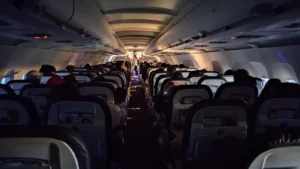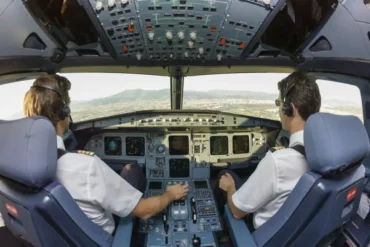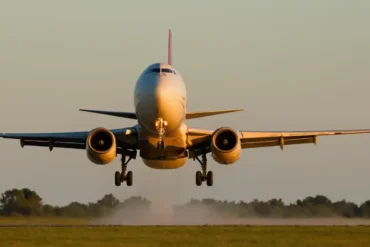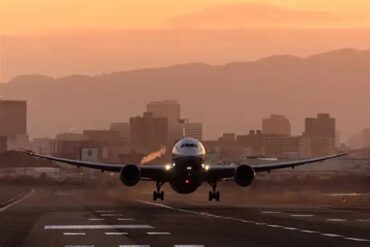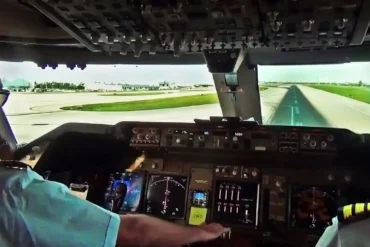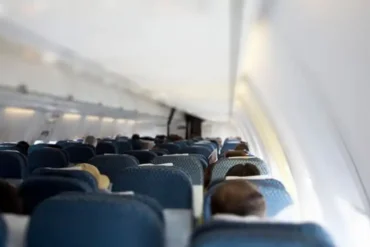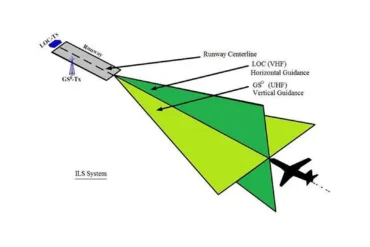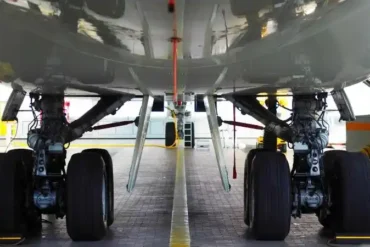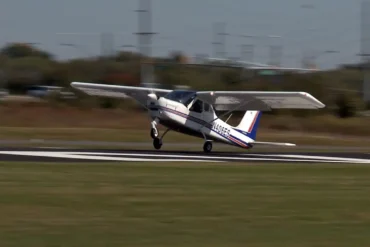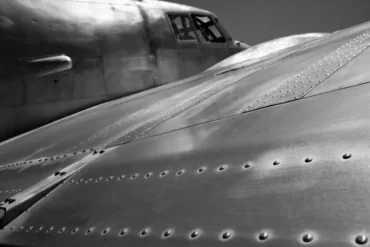Did you know that passengers on airplanes might lose up to 83 percent of their ability to navigate when faced with cabin smoke or fumes? That’s quite a startling fact from the Flight Safety Foundation, isn’t it?
Have you ever wondered about some of the seemingly odd rules of air travel? Like why we need to turn off laptops but not tablets, or why we switch our phones to airplane mode. And what about those seat belts? We fasten them while crawling along at 5 miles per hour during taxiing, but they’re not always required when we’re zooming through the sky at 500 mph. It’s a bit puzzling, right?
Well, here’s another rule that might seem a bit strange at first: when a flight takes off or lands in darkness, the cabin lights are dimmed. You might think it would make more sense to keep them bright for better visibility inside the plane, but there’s actually a good reason for this practice.
So, why do they dim those cabin lights during takeoff and landing? First off, it makes those illuminated emergency exit signs stand out more. But there’s more to it than that. During these critical phases of the flight, it’s super important for passengers to be aware of their surroundings. Dimming the lights helps everyone’s eyes adjust, making it easier to see not just inside the plane, but outside too. If the cabin was too bright, it would be really hard to see anything through the windows, for both the crew and passengers. (And if you’re curious about why they make us keep those window shades up during takeoff and landing, that’s a whole other story!)
Patrick Smith, who’s not just an airline pilot but also a travel blogger and the author of “Ask the Pilot,” explains it really well. He says, “By pre-adjusting your eyes, you won’t be suddenly blinded if you need to make a quick exit in darkness or smoke. It also helps the flight attendants check for any problems outside, like fires or debris. If the lights were on full blast, the glare would make it impossible to see out.” Ideally, the lighting inside the plane should match what’s going on outside, because our eyes need time to adjust to changes in light (kind of like when you leave a dark movie theater and step out into bright sunlight).
Now, you might be wondering why it’s so important to be able to see clearly outside the plane. Well, there have been some incidents where it really mattered. For example, back in 2013, a British Airways flight had to make an emergency landing right after takeoff because the crew spotted issues with the engine cover through the windows. And in another case, a passenger on a United Airlines flight from Newark to Venice noticed fuel leaking from the wing by looking out the window. Pretty crucial stuff, right?
But it’s not just about seeing outside – being able to see clearly inside the plane is just as important. Remember that fact about losing up to 83 percent of navigation ability in smoke or fumes? That’s why it’s so critical to be able to spot those exit signs quickly. Both the U.S. Federal Aviation Administration and the European Union Aviation Safety Agency require that the indicators showing the way to exits are bright enough to see in the dark. Many planes even use glow-in-the-dark technology for floor-level lighting, so it works even if the power goes out. By dimming the cabin lights during takeoff and landing, it’s much easier to spot these crucial indicators if there’s an emergency.
